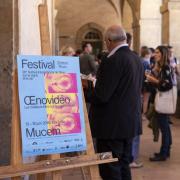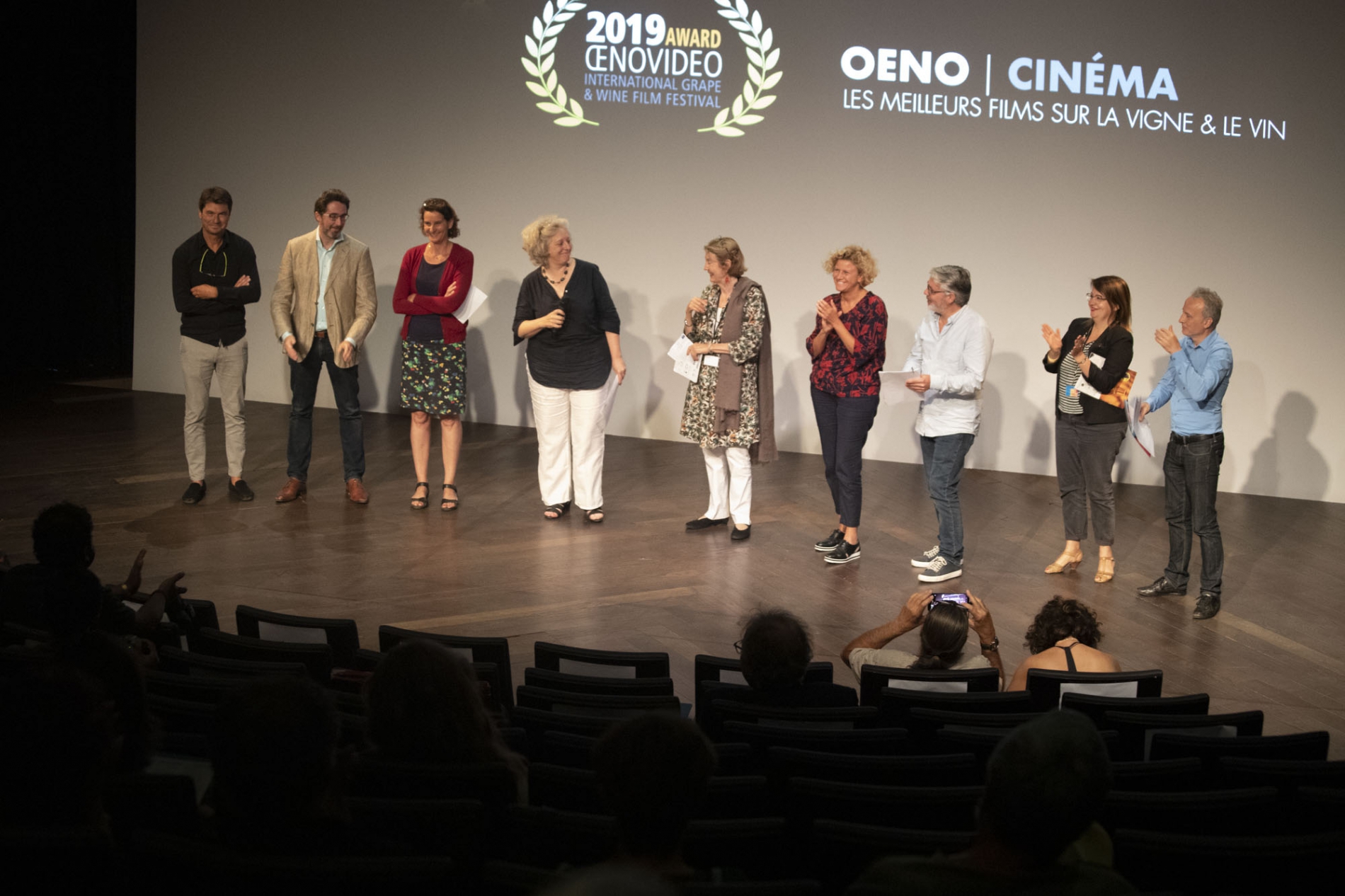
For this year’s edition, the auditorium of Mucem (Museum of the Civilizations of Europe and the Mediterranean) hosted 37 official projections, selected out of 144 films from 17 countries.
The selected films presented a number of subjects, inviting the audience to a reflexion about how the current economic and societal model should be going towards a sustainable way of living, in respect with nature.
The search for alternatives to phytosanitary products and pesticides in viticulture and the application of a biodynamic methodology of production were highlighted in several documentaries.

Certain films focused on the way young generations look at wine and the empowerment of women in vitiviniculture. Other themes on screen included Terroir, sustainability and ancestral methods of vinification.
The 2019 Oenovideo Grand Prix was awarded to the Catalan film “’40 hectàrees. La terra i el Pagès” (40 hectares. The land and the farmer). This film tells the story of ten farmers from the wine-growing region of Penedès (Catalonia) talking about their daily work, their difficulties in facing Cava’s big producers and their relationship with the land. Consult the list of award winners (link in French).
‘Wine, Vine and the sacred’ on pictures
Under the theme "Le vin, la vigne et le sacré : mystère d’une culture, divin nectar” (Wine, Vine and the sacred: a culture mystery, divine nectar)!" , the Terroir d'Images photography exhibition accompanying the festival for 14 years already, was held at the Vieille Charité cultural centre.
80 photographies were officially selected, out of over 1500 works by amateur photographers and professionals from 15 competing countries.
The Grand Prix winner will be revealed during the official Oenovidéo and Terroir d’Images awards ceremony, which will take place on Monday 14 October 2019 in the Palais du Luxembourg, Paris.
